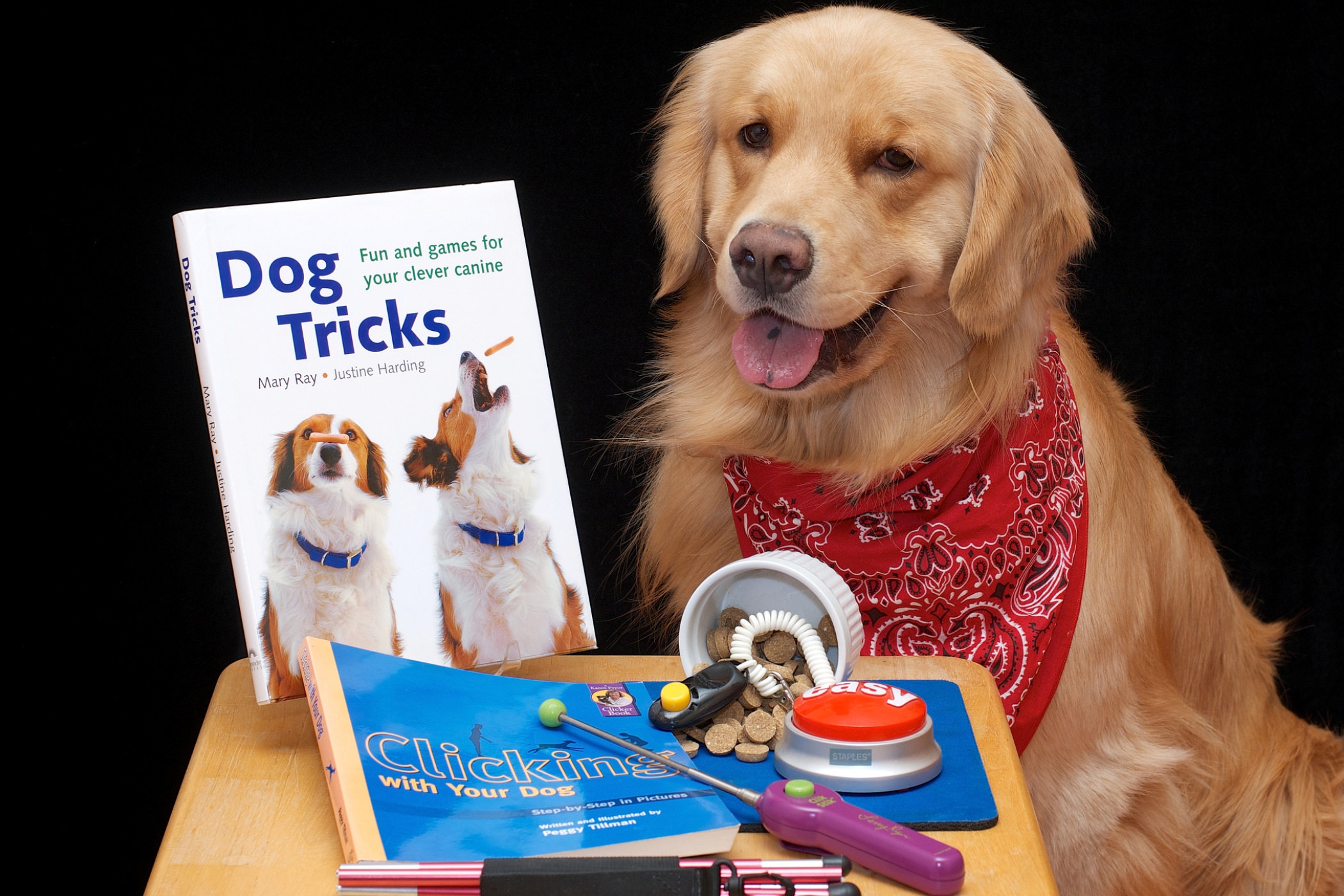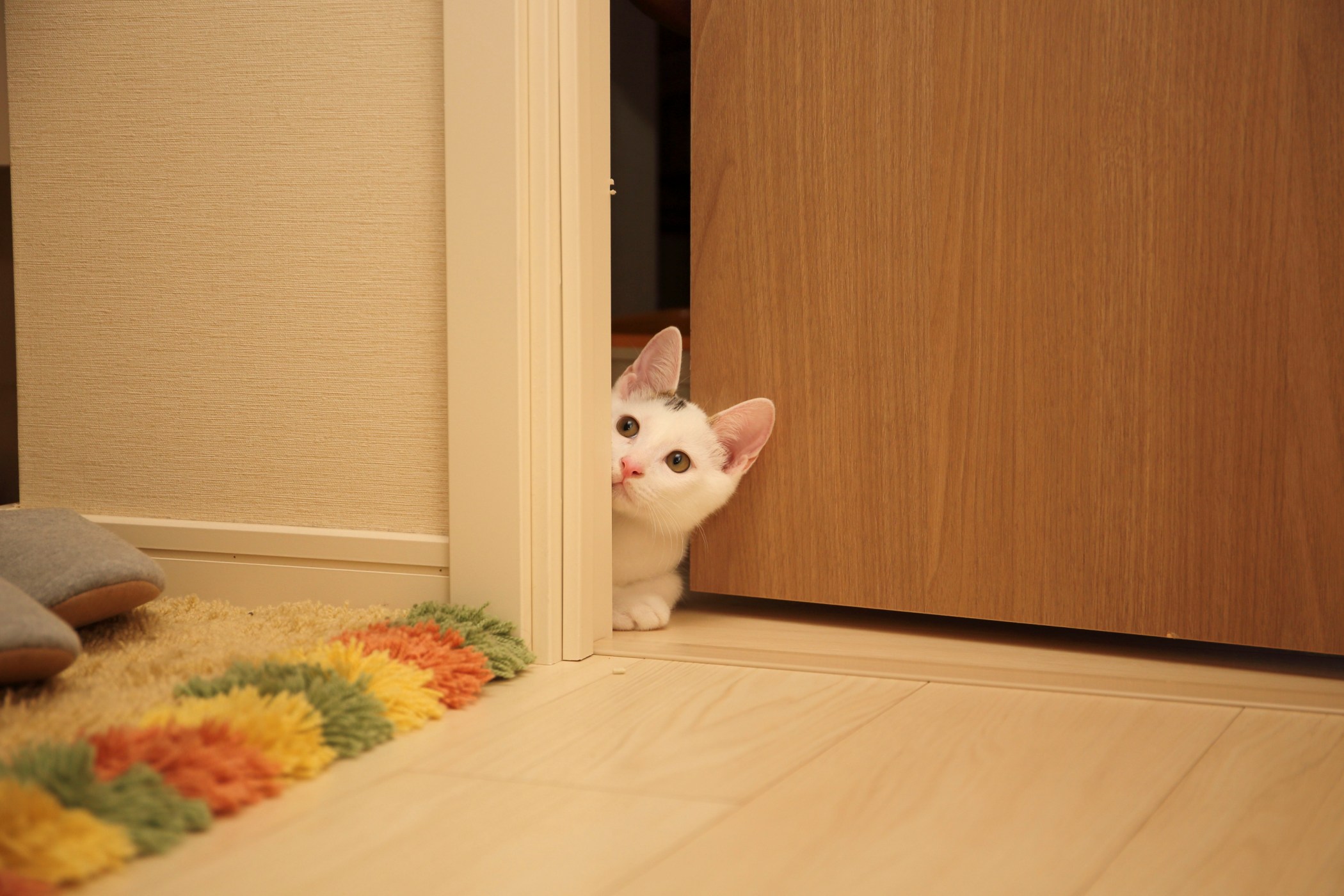So, your new pet is in the van and riding home with you. Now is the time to put yourself in its shoes. No matter what it’s been through in the past, it’s going to a new place. It’s probably confused about why it’s coming home with you. Where are the familiar human smells? The other animals? There are going to be new smells, new faces at its new home. Remember, it’s just lost another home. And if it’s an adult, it’s probably been through several foster homes before it came to the shelter.
The two things you need the most right now to make your little buddy’s first few days easier are patience and preparation, says the Humane Society.

What To Do Immediately After Adoption
Right after you sign the adoption papers, you should prepare some things to welcome your animal home. Make a checklist and tick them off as you get these:
- Food
- Bowls for food and water
- A leash and collar
- An ID tag, if your rescue shelter hasn’t already given you one
- Bedding (baby blankets are comfy and easy to clean)
Take the leash and collar with you when you go to pick up your new little family member. If it’s not so little, you’ll need to be prepared for any special needs that the adult may have. Your adoption center will guide you with that.
Prepare Your Home For The New Addition
Animal-proof your home if you’re bringing a puppy or kitten. Tape down loose electrical wires; remove plants that it could develop an unhealthy taste for; store household chemicals on high shelves. Once the initial confusion is passed, the animal will get curious and exploratory. Be prepared for a curious animal. And be glad! A curious adopted animal is a good sign that it’s forgetting its old place.
If you’ll be crate-training or litter-training a small puppy or kitten, make sure you have the crate or litter bin ready. Also, make sure that everyone at home knows what vocabulary you plan to use to train the animal. Training will start as soon as she goes through your door!
Put some toys and treats and soft blankets in the crate or pet bed you’ve prepared. This will give the animal a safe place to turn to for comfort. Did she have a favorite toy at the shelter? Ask the shelter if you can bring it along.
The First Few Days
The first day is going to be tough on your pet. Bring her home and show her where she will sleep. Keep her on her leash. Show her where her food and water is. When she’s indoors, keep her with you. Take her out to relieve herself, and watch her closely. Take her to the same spot every time and lavish her with praise when she goes obediently (you know you like doing that!). She may have an accident or two in the house, but that’s alright.
Don’t ever beat her, but say “NO” in a loud voice and immediately take her outside to the “spot” again.
Punishment doesn’t make a well-behaved animal, love, praise, and patience do!

Prepare For Tummy Troubles and Crying
Whether you’re giving her new food or continuing with the food she ate at the shelter, she may show some tummy troubles as symptoms of stress. She may not want to eat. She may vomit. She may cry during the night, which is heartbreaking. She may also have diarrhea.
It’s best to continue with the food she’s been eating at the shelter, for a few days. Wean her off it gradually. If you find diarrhea, have the vet check if there are parasites in her intestines. A vomiting animal could be suffering from car sickness or stress. It should pass. If she’s vomiting too often, call a vet.
If she’s not eating, give her time. Try and give her delicious food like bacon or strips of chicken to see if it’s stress or something else. (If she eats the bacon, it’s just stress.)
If she’s aloof, give her time. She will be shy while she’s trying to fit the new world around her into her old compass. Don’t take it personally, and feel like she won’t ever take to you.
Adoptive animals will really benefit from a safe space like a kennel or a crate. If she’s overwhelmed, she can always escape there. Puppies are likely to cry at night. But a safe space can make a lot of difference to how quickly she adjusts and sees that you love her and want to be friends!



